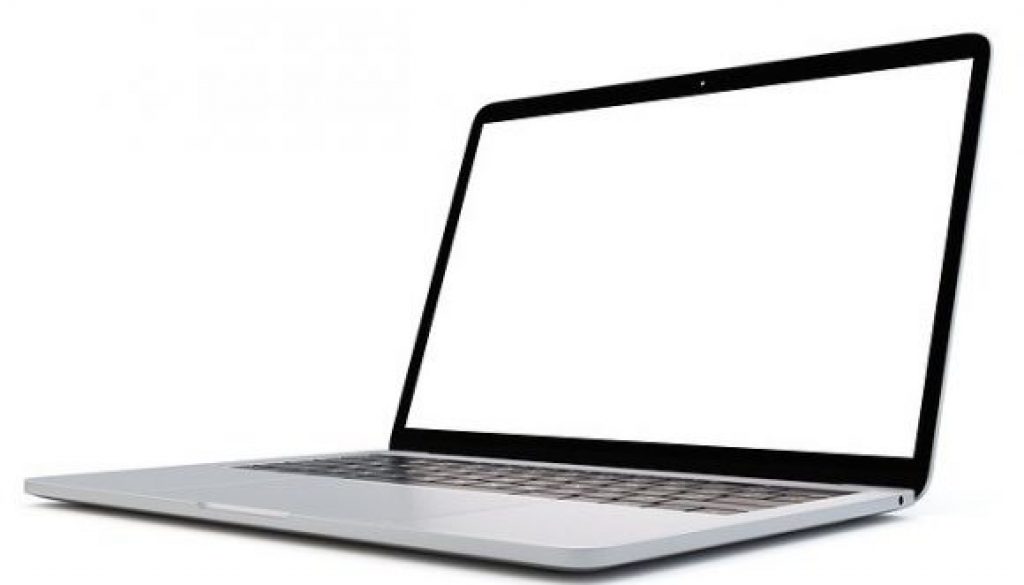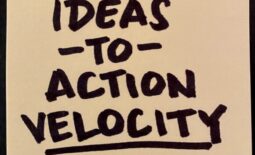Does A Blank Screen Mean A Blank Mind?
If you walked into an important sales call with a customer and booted up your computer to begin your presentation and found a blank screen, would you have a blank mind as well?
Some salespeople are prone to rely on screens in their sales process. They need to look at a computer screen or a mobile screen or a PowerPoint slide or physical pitch deck in order to effectively present their ideas and business proposals to their clients and prospects.
I’ve met with salespeople whose minds went blank and couldn’t answer a question if it wasn’t printed out on a sheet in front of them.
That kind of reliance on a piece of promotional collateral begs the real question: if a salesperson has to rely on a brochure to answer my questions — why does their company need a salesperson at all?
Challenge yourself to be able to execute a complete sales pitch using only a pen and a blank sheet of paper.
Know your material (your products, services, and process) so well that you can simply have a conversation with a potential customer and use sketch notes to illustrate the important points and takeaways to your prospect.
Sketch Notes are a note-taking process that uses both verbal and visual elements to convey information to your audience’s brain in a way that helps it more efficiently understand to concepts and retain ideas.
You can learn more about sketch noting from my friend @DougNeill over at VerbalToVisual.com. Doug even has a Free Sketchnoting Guide he gives away on his website.
You won’t need to ask them if they want a brochure — you can simply leave your mini-work of art behind as an illustrated information packet. Most generic printed brochures get pitched in the trash as soon as you leave the prospect’s office, but a hand-drawn sketch note presentation has a better chance of being kept (perhaps they’ll even hang it up on the fridge in the breakroom).
Added bonus: You know those prospects who love to flip ahead in their copy of a presentation handout? Especially those people who flip to the back page so they can look at the price and immediately begin telling you that you’re charging too much before you even get a chance to explain the value? Well, they can’t do that when you’re using sketchnoting techniques to deliver your presentation — they can’t cheat and look at the price until you’re ready for them to see it and write it out in your sketch note!
Here is a video from Doug that does a great job of introducing the concept of sketchnoting. The video is a sample from Doug’s course on “sketchnoting in the classroom”. It’s a sequence where he explains the basics of sketch notes and how they help in the learning process, which is basically what you’re doing with your sales prospect — you’re helping them learn about you and your business and how you can help them grow their business.



